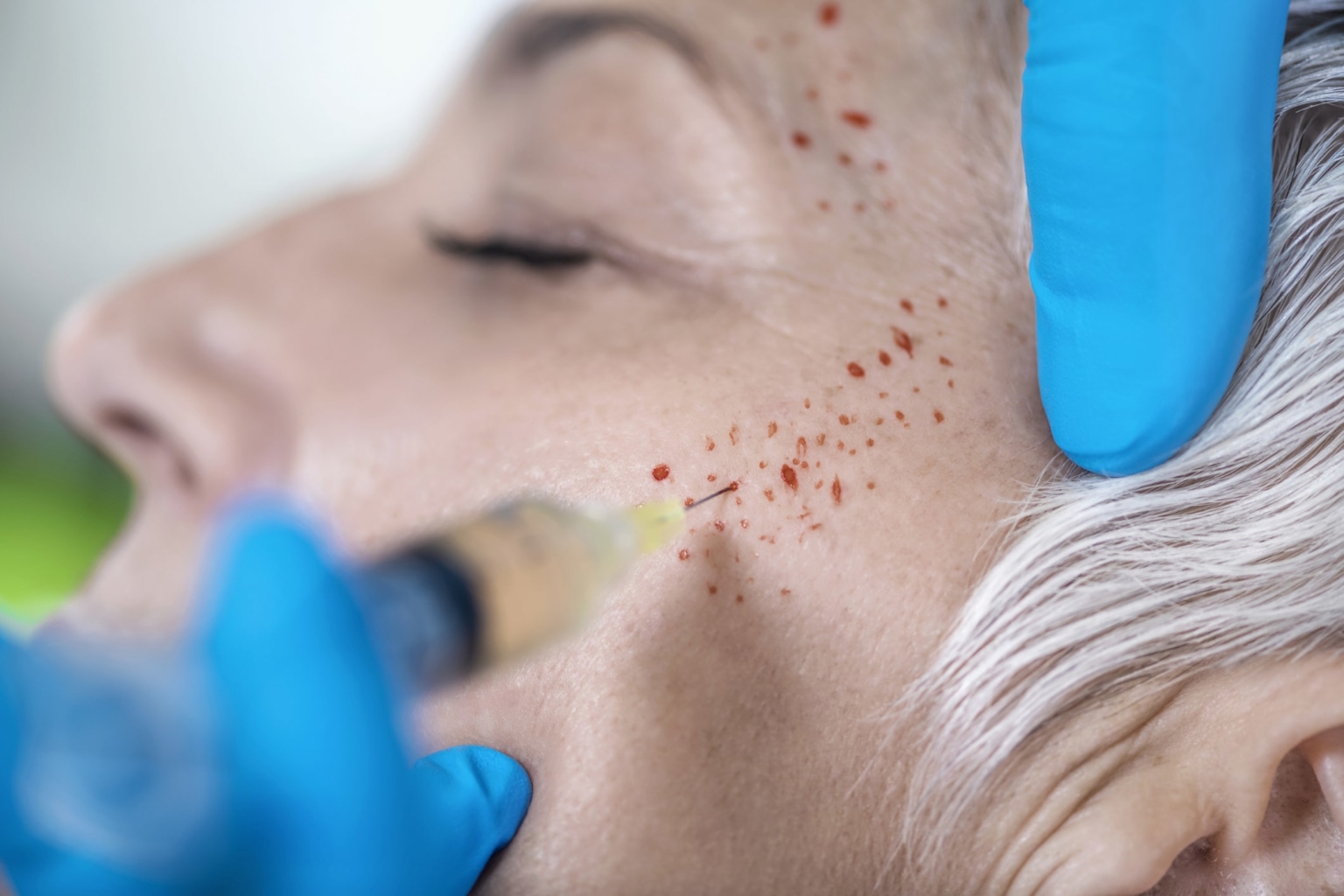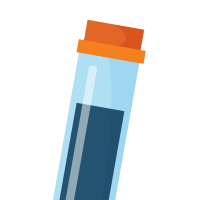In the ever-evolving world of cosmetic and medical treatments, PRP treatments have surged in popularity, offering a promising solution to various conditions. From rejuvenating aging skin to accelerating the healing of injured tissues, the potential of PRP treatments seems boundless. In this comprehensive guide, we delve into the intricacies of PRP treatments, covering every aspect you need to know to understand and consider this innovative therapy.
Introduction to PRP Treatments
The journey into the realm of PRP treatments begins with a curiosity to understand what sets this therapy apart from conventional treatments. The allure of using one’s body’s natural healing mechanisms to address a plethora of conditions is undeniably appealing. It’s a venture into the body’s intrinsic ability to repair and rejuvenate, highlighting a shift towards more natural and less invasive treatment modalities in the medical and cosmetic fields.
PRP treatments, also known as Platelet-Rich Plasma treatments, have garnered attention for their versatility and effectiveness. Initially popularised in the sports medicine domain for its ability to expedite the recovery of injuries, its application has broadened, encompassing aesthetics, dermatology, and beyond. This widespread adoption underscores a growing recognition of the body’s capacity to heal itself, with a little scientific nudge.
Embarking on the PRP treatment journey promises an enlightening exploration of how cutting-edge science and age-old healing wisdom converge. It’s an opportunity to uncover the potential lying dormant within our blood, waiting to be harnessed for health and beauty. The intrigue surrounding PRP treatments is not just about their benefits but also about the fascinating process that unlocks this potential.
What is PRP?
At the heart of PRP treatments lies Platelet-Rich Plasma, a component of your blood that’s pivotal in the healing process. Blood, a fluid that’s fundamental to life, comprises various elements, each with a distinct role. Among these elements, platelets are the stars in the context of PRP treatments. They’re not just involved in blood clotting but are also rich in growth factors that are crucial for healing.
The concept of concentrating these platelets, thereby enriching the plasma with these growth factors, forms the cornerstone of PRP treatments. This concentration process involves drawing a small quantity of the patient’s blood, which is then spun in a centrifuge. The centrifugation separates the blood components, allowing the extraction of plasma that’s teeming with platelets – hence the term Platelet-Rich Plasma.
This platelet-enriched plasma is then reintroduced into the body at the site requiring healing or rejuvenation. The high concentration of growth factors embarks on a mission to repair, regenerate, and revitalise, offering a bespoke solution that leverages the body’s innate healing mechanisms. It’s a testament to the elegance of nature, enhanced by the precision of science.
How do PRP Treatments Work?
The mechanics of PRP treatments hinge on the principle of stimulating the body’s repair processes at a cellular level. When the concentrated platelet-rich plasma is injected into the targeted area, it acts as a catalyst for tissue regeneration. The high concentration of growth factors triggers a cascade of biological responses that promote healing and tissue repair.
These growth factors, once released into the treatment area, recruit and activate cells involved in regeneration. They facilitate the formation of new blood vessels, improve blood supply, and stimulate the production of collagen and other structural proteins. This not only accelerates the healing of injured tissues but also enhances the skin’s texture and elasticity in cosmetic applications.
The beauty of PRP treatments lies in their adaptability. By directing the body’s healing prowess to specific areas, it’s possible to address a range of conditions. Whether it’s mitigating the signs of aging by rejuvenating the skin or aiding the recovery of hair loss, PRP treatments offer a tailored approach. It’s a synergy of simplicity and complexity, where a simple concept gives rise to profound healing effects.
Conditions that can be treated with PRP
The versatility of PRP treatments is evident in the wide array of conditions they can address. In the realm of aesthetics, PRP has made strides in treating acne scars, wrinkles, and age spots, offering a more youthful appearance without the need for invasive surgery. Its ability to stimulate collagen production makes it a favoured choice for skin rejuvenation, reducing the appearance of fine lines and improving skin texture.
PRP Treatments work for the following:
- Anti-wrinkle treatment
- Hair growth treatment
- Skin Pigmentation
- Patchy beards
- Various types of hair loss such as, hormone, age or stress related, alopecia and genetic hair loss.
- Hand rejuvenation
- Neck and Chin tightening
Beyond cosmetic applications, PRP treatments have shown promise in orthopaedics, particularly in the healing of tendon injuries, osteoarthritis, and muscle injuries. The targeted delivery of growth factors accelerates tissue repair, reducing recovery time and improving functionality. This has made PRP a popular option among athletes and individuals seeking to recover from musculoskeletal injuries.
Furthermore, PRP has been explored in the treatment of hair loss, where it stimulates hair follicle growth, leading to thicker, fuller hair. It also holds potential in dental and oral surgery, aiding in the healing of periodontal issues and promoting the regeneration of bone and soft tissues. The scope of PRP treatments is expansive, with ongoing research continually uncovering new applications and possibilities.
Benefits of PRP Treatments
Delving into the benefits of PRP treatments reveals a compelling case for considering this therapy. One of the most lauded advantages is its natural basis. Since PRP is derived from the patient’s own blood, the risk of allergic reactions or adverse responses is minimal. This biocompatibility makes PRP a safe option for many, providing peace of mind alongside therapeutic benefits.
The versatility of PRP treatments is another significant benefit. With applications spanning from cosmetic enhancements to the healing of sports injuries, PRP offers a multifaceted solution. Its ability to be tailored to address specific conditions and areas of concern adds to its appeal, providing a personalised treatment experience.
Moreover, PRP treatments are minimally invasive, often requiring only injections at the target site. This minimality reduces recovery time, allowing individuals to return to their daily activities with minimal interruption. It’s an attractive option for those seeking effective treatments without the downtime associated with surgery.
The PRP Treatment Process
Understanding the PRP treatment process demystifies what patients can expect, highlighting the simplicity and efficiency of the procedure. The process begins with a consultation, where the treatment goals and suitability for PRP therapy are discussed. Once deemed a suitable candidate, the patient undergoes a simple blood draw, akin to a routine blood test.
The collected blood is then subjected to centrifugation, a process that separates the platelet-rich plasma from other blood components. This concentrated plasma, rich in growth factors, is prepared for injection. Using fine needles, the PRP is injected into the targeted area, whether it’s the scalp for hair restoration, the face for skin rejuvenation, or a joint for injury recovery.
The entire procedure typically takes less than an hour, with the injection process itself lasting only a few minutes. It’s a testament to the efficiency of PRP treatments, offering significant benefits without demanding a significant time commitment. Post-treatment, patients can usually resume their normal activities, with some guidelines to maximise the treatment’s efficacy and minimise any discomfort.
Potential Side Effects and Risks of PRP
While PRP treatments are generally safe, being informed about potential side effects and risks is crucial. The most common side effects include temporary pain or discomfort at the injection site, swelling, and bruising. These are typically mild and resolve on their own within a few days. Given that PRP uses the patient’s own blood, the risk of allergic reactions or transmission of blood-borne diseases is virtually nonexistent.
However, as with any procedure involving injections, there’s a minimal risk of infection. Ensuring the treatment is carried out in a sterile environment by a qualified provider mitigates this risk. It’s also important to disclose any medications or health conditions during the consultation, as certain conditions may affect the suitability of PRP treatments.
Understanding these risks and side effects allows for an informed decision-making process. It highlights the importance of selecting a reputable and experienced provider for PRP treatments, ensuring both safety and efficacy.
PRP Treatments vs. Other Therapies
Comparing PRP treatments to other therapies underscores its unique advantages. Unlike surgical options, PRP is minimally invasive, offering a lower risk profile and reduced recovery time. When compared to synthetic fillers or chemical treatments in cosmetic applications, PRP stands out for its natural basis, harnessing the body’s own healing capabilities rather than introducing foreign substances.
However, it’s important to recognise that PRP is not a one-size-fits-all solution. Depending on the condition being treated and the individual’s specific needs, other therapies may be more suitable. Engaging in a thorough consultation with a healthcare provider can help determine the most effective treatment plan, whether it involves PRP alone or in combination with other therapies.
Finding a Qualified PRP Treatment Provider
Selecting a qualified PRP treatment provider is paramount to ensuring the safety and success of the therapy. It’s advisable to seek a provider with extensive experience in PRP treatments, who can demonstrate a track record of positive outcomes. Verifying their credentials and training in PRP therapy is crucial.
Consulting with potential providers offers an opportunity to ask questions, discuss expectations, and gauge their expertise. A reputable provider will be transparent about the procedure, potential outcomes, and any risks involved. They should also provide a personalised assessment, considering your specific condition and medical history.
Embarking on PRP treatments with a qualified provider at the helm maximises the chances of a successful outcome. It ensures that the procedure is conducted safely, with meticulous attention to detail, and tailored to your unique needs.
Cost of PRP Treatments
The cost of PRP treatments varies depending on the condition being treated, the number of sessions required, and the provider’s expertise and location. While PRP treatments can be an investment, considering their benefits and the potential for long-term results is important. Some conditions may see significant improvement with just a few sessions, making PRP a cost-effective option compared to ongoing treatments or more invasive procedures.
Discussing the cost and payment options with your provider before commencing treatment is advisable. Some providers offer payment plans or packages that can make the treatment more accessible. While PRP treatments may not be covered by insurance, especially for cosmetic applications, the value they provide in terms of results and satisfaction can justify the expense.
Success stories and testimonials
Exploring success stories and testimonials from individuals who have undergone PRP treatments can provide valuable insights into the therapy’s potential. These personal accounts often highlight the transformative effects of PRP, from enhanced skin quality and reduced signs of aging to improved recovery from injuries and conditions like hair loss.
Testimonials can also shed light on the treatment experience, offering perspectives on everything from the consultation process to the recovery period. Hearing about the positive outcomes achieved by others can be incredibly motivating, offering hope and encouragement to those considering PRP treatments.
Is PRP Treatment Right For You?
PRP treatments represent a fascinating intersection of nature and science, offering a natural, effective solution to a wide range of conditions. By harnessing the body’s own healing capabilities, PRP treatments offer a promising alternative to more invasive therapies, with a safety profile and versatility that make them appealing to a broad audience.
Whether you’re exploring PRP treatments for hair loss, skin rejuvenation, or another condition, being well-informed is key. Understanding the process, potential benefits, and considerations involved allows for an empowered decision-making process. With the right provider and a personalised treatment plan, PRP treatments can unlock your body’s potential, offering a path to rejuvenation and healing.
Unlock Your Skin’s Potential with PRP Treatments at Hair and Skin Science!
Embark on your journey to revitalised skin and hair with PRP treatments at Hair and Skin Science. Our expert team is dedicated to providing personalised, effective PRP therapy in a safe and welcoming environment. Experience the transformative power of your body’s own healing capabilities and unlock your skin’s potential. Contact us today to schedule your consultation and discover what PRP treatments can do for you.




